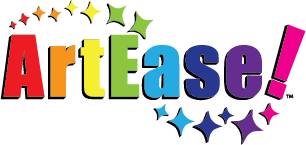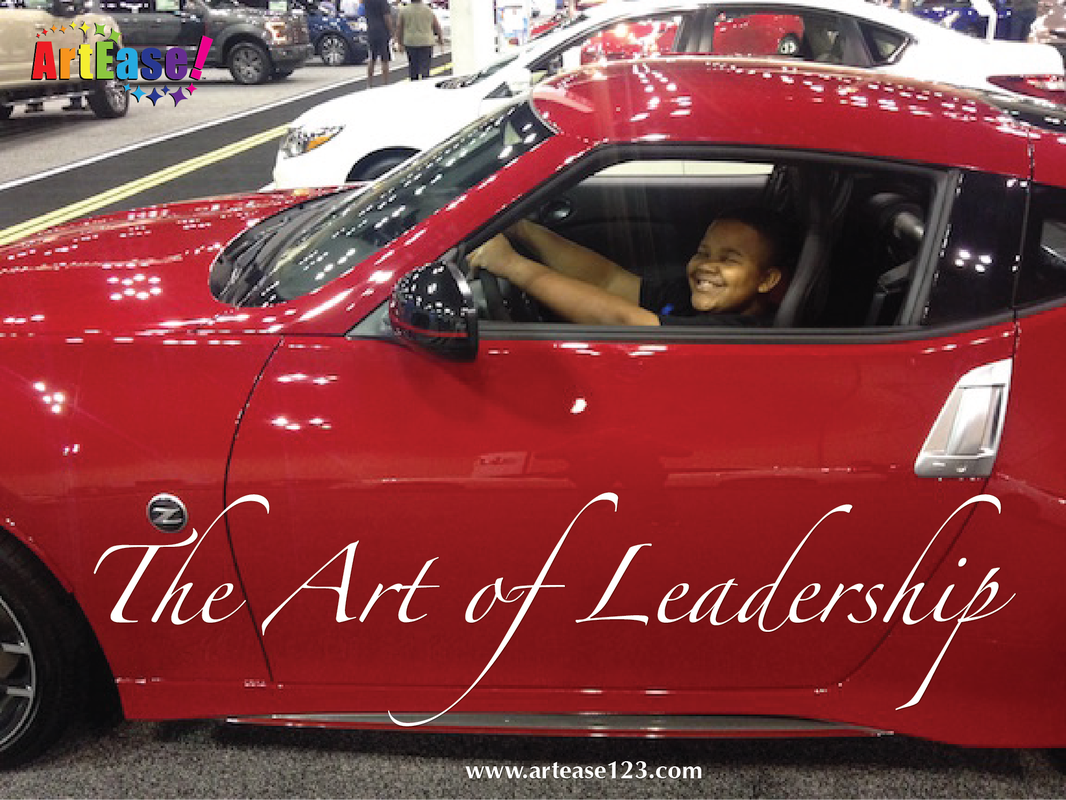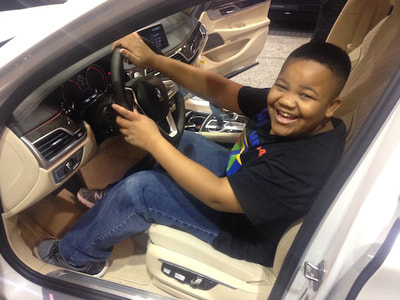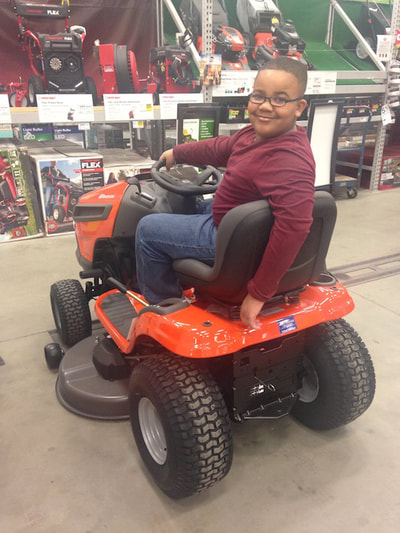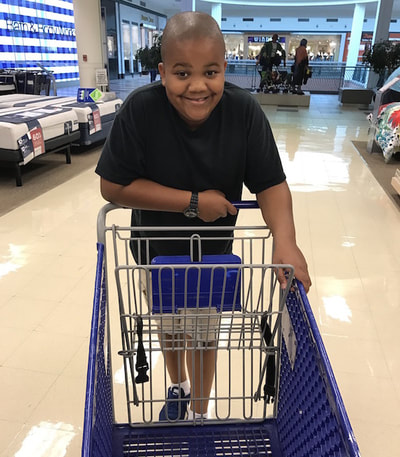|
When my son was a baby, he was highly and heavily into things with motion or movement. Before he could independently sit up or stand, he was fascinated by ceiling fans. He would sit patiently and observe the blades of a ceiling fan in motion. When he learned to grasp and hold things, he gravitated to Hot Wheels and enjoyed watching their wheels spin, needing to carry one with him at all times. When he learned to crawl... He would somehow find a way to the kitchen, take out the metal mixing bowls and the lids of all pots and pans, and make them spin and wobble, at varying speeds simultaneously! We were annoyed by the constant and continuous LOUD turbulence and "disturbulence" of pots and pans whinging and whirring around on their axis over and over, several times a day; yet we were highly fascinated at his innate ability to make them spin at precise angles and selected speeds. Then one day, he moved on to spinning tops followed by window watching for cars passing by. And viola, his limitless love for cars, vehicles, and "things that go" was revealed! Years later, that love and passion for the motion and site of cars has not wavered even for one second. His likings have matured into virtual driving on video games and "real driving" at local go-cart tracks. He is sincerely anxious to become a true licensed driver. (See images of him in various vehicles below.) As parents, one of the many duties we possess for the positive nurturing of our children is to follow the career paths and personal passions that they exhibit along their serpentining journeys of discovery. We have the chance as leaders to follow our children, for a change. As homeschooling parents, we are blessed to have the opportunity to create lessons, projects, activities, arts and crafts that are customized to directly enhance and incite our children's abilities. We have created many writing assignments, grammar activities, research papers and essays, science experiments, even math skill building activities, all having something to do with cars (or his interest at the time). He's fallen in and out of like/love with cheetahs, lighthouses, drawbridges, trains, and more. By creating original activities, it piqued his interest in completing the assignments or doing the research more because the subject was on something he genuinely loved. You, too, can venture away from the pre-written assignments in your suggested curriculum's lesson plans, and customize activities for your learners. If you're a little hesitant or unclear about how to go about customizing your activities for the day, here are some ideas for you to try. Let's say your child is currently into LIGHTHOUSES:
Just like that, you've not only catered to your student's interests, but you've created at least a week of "school work" which includes various subjects, AND you've made it totally original and unique. Don't worry about whether or not you're veering off course too much, or if your child isn't learning something he "should be" learning at the time. That is the freedom of homeschool: to be able to get all the so-called "real" work in, but at a different pace and in a totally, artistically fun and original way, too. If you believe, you can achieve! :) Please leave a comment about your thoughts on this article in the comments section below. Be sure to follow and friend us on Facebook, Twitter, Pinterest, YouTube, and Instagram. Enjoy! :)
"Consider a tree for a moment. As beautiful as trees are to look at, we don't see what goes on underground - as they grow roots. Trees must develop deep roots in order to grow strong and produce their beauty. But we don't see the roots. We just see and enjoy the beauty. In much the same way, what goes on inside of us is like the roots of a tree." Joyce Meyer Comments are closed.
|
